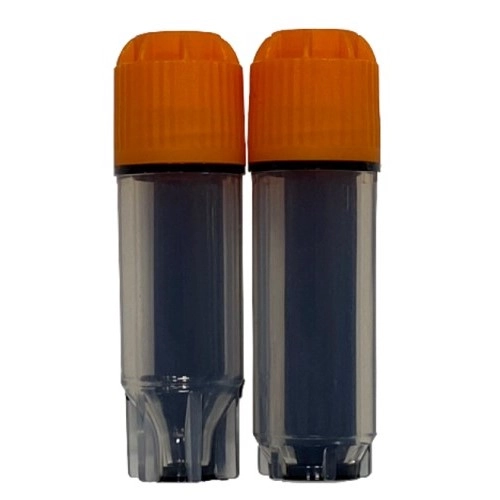New Tri-coded Maximum Recovery Tube
Ideally suited for automated workflows using liquid handling
Featuring a novel design, the new tri-coded
1.6ml Maximum Recovery tube from Azenta Life Sciences is ideally
suited for automated workflows using liquid handling, where more sample can be
retrieved due to the unique shaped bottom.
Large dead volumes in storage tubes are particularly concerning for users handling precious samples, such as stem cells, enzymes, antibody solutions, and difficult-to-make compounds. Although there is flexibility to reduce dead volume using carefully practiced manual pipetting techniques, high-throughput labs need to use automated liquid handling systems that have, by definition, only a limited range of motions.
To optimize sample recovery, it is necessary to consider which factors contribute to the scale of the dead volume in sample storage tubes. Research by Azenta Life Sciences showed that to improve maximum sample recovery, internal compound-curve tapers should be designed near the bottom of the storage tube to reduce total volume stored in this area whilst still allowing industry-standard pipette tips access to as near the bottom of the tube as possible.
This research showed that there are clear benefits to the new 1.6ml Maximum Recovery tube design compared to a standard design sample storage tube. Sample recovery from the 1.6ml Maximum Recovery tubes was found to be 16ml more than the 1.9ml tubes over a run of 100 tubes. With expensive reagents or valuable samples, this can quickly accumulate into substantial savings.
The unique design of the 1.6ml Maximum Recovery tube will enable users to not only maximize the recovery of precious samples, but also to save on reagent purchasing costs with a mind towards sustainable practices along the entire supply chain. For further information please visit https://www.azenta.com/taxonomy/term/201.










